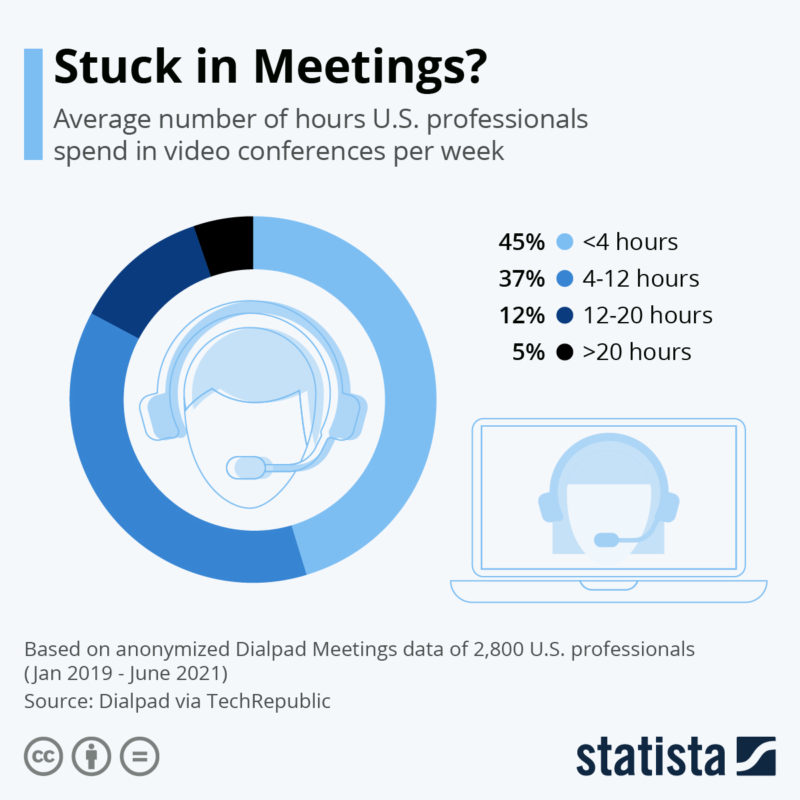Quick Tips for More Productive Meetings

With 50 percent of professionals spending at least 4-12 hours per week in meetings, the inevitable question arises: “What are we doing here?” Whether the sessions are virtual or in-person, productivity-killing problems can arise.
- No clarity of purpose
- Lack of consistency within the meeting
How can you avoid these snafus? I have some suggestions, which I’ve addressed as they relate to the three main purposes for holding meetings.
Pro Tips for Holding Meetings with Purpose
Meeting Purpose #1: Share Information.
If the meeting’s purpose is to share information, the very first question should be whether the meeting is necessary. Can you distribute the information via memo, email, video message, or some type of briefing material?
If yes, then why hold a meeting? Still, many people do. Usually for one of three reasons.
- People have a knee-jerk reaction and hold meetings whenever they need to share information. They don’t consider other alternatives. Assessing the necessity of sharing information in a meeting vs. other means of communication will provide clarity on (and justification for) why the meeting is occurring.
- There needs to be an exchange of explanations, questions, and answers. When this is the case, it’s important for meetings to have a limited or defined time dedicated to a Q&A session. Take care to not run over the allotted time.
- Multiple purposes must be fulfilled simultaneously. A single meeting may move from sharing information to building consensus and conclude with making a decision. Be deliberate about identifying when a meeting has multiple goals. Include those separate purposes in the meeting agenda so attendees are clear on your objectives.
Meeting Purpose #2: Achieve Consensus or Solicit Feedback.
Leadership team and board of directors’ meetings often seek feedback or consensus from multiple stakeholders. It’s a perfectly legitimate form of meeting, so long as you’re clear about its purpose. Usually, lack of clarity of purpose is what derails these types of meetings. Avoid sucking up everyone’s time in a never-ending meeting by clearly communicating that consensus or feedback is the goal. Also, set a time limit and stick to it.
Meeting Purpose #3: Make a Decision.
How are decisions made in your organization? Is it a team effort or does it come down to one individual? Be transparent that the meeting’s purpose is to arrive at a decision AND be clear about HOW the decision will be made.
It’s perfectly acceptable to piggyback your decision-making with one (or both) of the other purposes. Just make sure you create a roadmap that keeps the meeting duration in check and explains the agreed-upon decision mechanism.
Bonus Meeting Tips
- Always set defined start and end times. They are a must for staying on track. Be sure to adhere to them.
- Every meeting should have an agenda. Stick to it!
- Establish ground rules. These may vary depending on the meeting’s purpose. Rules are especially critical in decision-making meetings.
- Avoid meeting scope creep with the dreaded “One more thing…” statement.
Got a question or need assistance making your meetings more purposeful and productive? Give me a ring. I’m always up for a good chat — just make sure that we have an agenda.

